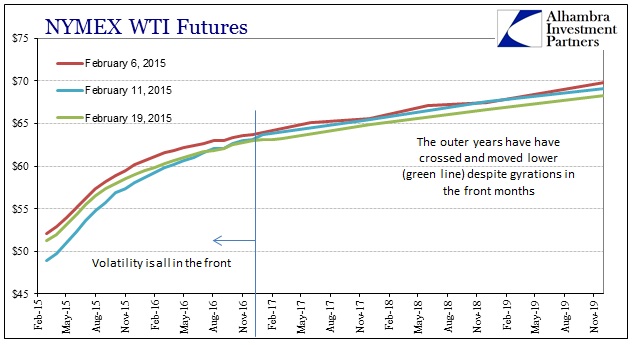What the current oil price slump means for world oil supply is starting to emerge. “Layoffs,” “cutbacks,” “delays,” and “cancellations” are words one sees in headlines concerning the oil industry every day. That can only mean one thing in the long run: less supply later on than would otherwise have been the case.
But perhaps the most important thing you need to understand about the coming oil production cutbacks is where they are going to come from, namely Canada and the United States.
Why is this important? For one very simple reason. Without growth in production from these two countries, world oil production (crude oil plus lease condensate which isthe definition of oil) from the first quarter of 2005 through the third quarter of 2014 would have declined 513,000 barrels per day. That’s right, declined. Including Canada and the United States, oil production rose just under 4 million barrels per day.
That means substantial cutbacks in the development of new oil production in Canada and the United States could lead to flat or falling worldwide oil production.
But, why will any oil production cutbacks come primarily from Canada and the United States? For another very simple reason. Post-2005 oil production growth in these countries came from high-cost deposits in Canada’s tar sands and in America’s tight oil plays. New production from these high-cost resources simply isn’t profitable to develop in most locations at current prices.
…click on the above link to read the rest of the article…







